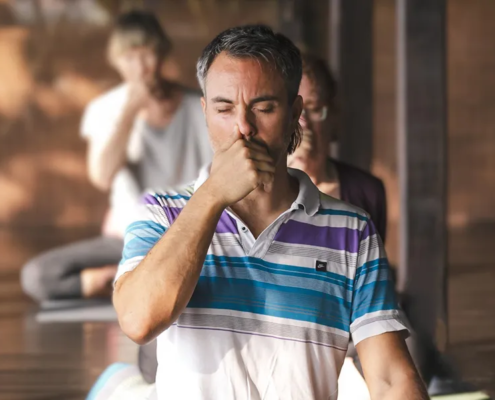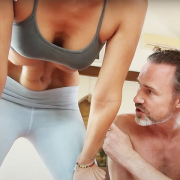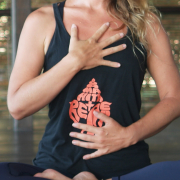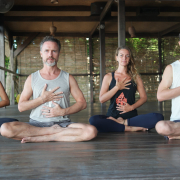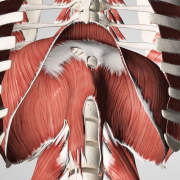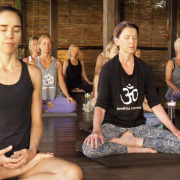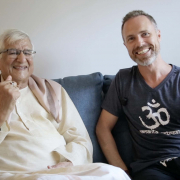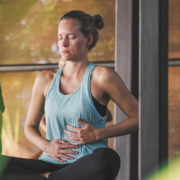 https://samahitaretreat.com/wp-content/uploads/2024/02/basic-breathwork.webp
600
798
Dr. Paul Dallaghan
http://samahitaretreat.com/wp-content/uploads/2024/01/samahita-logo-v2.svg
Dr. Paul Dallaghan2024-02-28 20:34:422024-02-28 20:35:53Navigate the World of Breathing
https://samahitaretreat.com/wp-content/uploads/2024/02/basic-breathwork.webp
600
798
Dr. Paul Dallaghan
http://samahitaretreat.com/wp-content/uploads/2024/01/samahita-logo-v2.svg
Dr. Paul Dallaghan2024-02-28 20:34:422024-02-28 20:35:53Navigate the World of Breathing10-minute Breathwork for Stress: the Quad-Ratio Breath 1-1-2-1
To get the most out of this article follow the guidance in the related video. It gives you a simple strategy of an opening set-up, 4 levels of building a regulated breath, followed by a concluding moment. The detail and explanation behind the breath and these techniques are more technical and dealt with in a separate article. The emphasis now is to follow and practice. Make it regular and you will understand through direct experience.
Opening set-up:
Establish how you will sit. Can be crossed-leg or on a chair. Avoid letting the back round or slightly collapse, as this will reduce the efficiency of the overall breathing process.
Once comfortably settled, begin by watching the flow of your breath. That is all. Allow it to flow in and out the nose. Notice any tension in your face and especially in your jaw-mouth-tongue complex. Release it by consciously letting go. Notice breath movement at the chest, upper abdomen, navel, and even lower abdomen. See its rhythm or lack thereof. Tune into the movement at your navel. Stay with that for a minute or two.
Quad-Ratio Breath build-up
Note: we are not taking full deep breaths. Rather at a level a bit beyond a normal inhale. If you start with taking big inhales you can trigger an anxiety effect and exacerbate your stress. We will, however, elongate the exhale which has both a calming effect with improved nervous stability. Follow on:
10-minute Breathwork for Stress: the Quad-Ratio Breath 1-1-2-1
Opening set-up:
Establish how you will sit. Can be crossed-leg or on a chair. Avoid letting the back round or slightly collapse, as this will reduce the efficiency of the overall breathing process.
Once comfortably settled, begin by watching the flow of your breath. That is all. Allow it to flow in and out the nose. Notice any tension in your face and especially in your jaw-mouth-tongue complex. Release it by consciously letting go. Notice breath movement at the chest, upper abdomen, navel, and even lower abdomen. See its rhythm or lack thereof. Tune into the movement at your navel. Stay with that for a minute or two.
Quad-Ratio Breath build-up
Note: we are not taking full deep breaths. Rather at a level a bit beyond a normal inhale. If you start with taking big inhales you can trigger an anxiety effect and exacerbate your stress. We will, however, elongate the exhale which has both a calming effect with improved nervous stability. Follow on:
Level
- The best way to jump into a breath regulating process is on the exhale. Consciously join your active breath on your next exhale. Then begin: inhale 1-2-3-pause (a count of 3-seconds is sufficient followed by a very short pause) exhale 1-2-3-pause continue this for at least 10 rounds (which is just over a minute) and flow without a break into level 2
- We now begin to extend the length of exhale. Maybe you can go straight to a double length (6 seconds in this case) or take a few rounds to grow it there: inhale 1-2-3-pause exhale 1-2-3-4-5-6-pause continue this for at least 10 rounds (which is just over 1.5 minutes) and flow without a break into level 3
- We now extend the length of the pause after the inhale to longer, ideally the same length as the inhale itself (which means pause for 3 seconds). When pausing the breath is stopped, or held, at the glottis region in your throat. This is where you swallow and is composed of vocal cord muscles. This is important as any pressure from a held breath is below the crown level. Continue: inhale 1-2-3 pause 1-2-3 exhale 1-2-3-4-5-6-pause continue this for at least 10 rounds (which is just over 2 minutes) and flow without a break into level 4
- To complete our Quad-Ratio Breath we extend the exhale pause, similar to the inhale pause of 3 seconds. This gives us a ratio of breathwork at 1-1-2-1 (hence the quadrangular form). When in an exhale pause (breath held out) it is ideal to see if you can relax the abdomen, especially the upper part inhale 1-2-3 pause 1-2-3 exhale 1-2-3-4-5-6 pause 1-2-3 continue this for at least 12 rounds (which is just over 3 minutes)
If you have followed the suggested number of rounds then it will have taken approximately 7.5 minutes plus your settling in time. You can either limit the Level 4 Quad-Ratio Breath to 12 rounds or continue and do more. If you feel nice and calm in your chest, around your heart, then you will know it is sufficient. However, doing more can only benefit you. Your free choice. Either way allow the process to smoothly conclude and enjoy an inner calm and pleasant meditative experience:
Conclude:
After your last Level 4 exhale pause of 3 seconds drop any effort to consciously breathe. Allow your breath to be free. Watch it. To keep it at 10-minutes you could be here for 2 minutes, a very nice two minutes. Or just be here without any clock watching or time-keeping let the experience flow its course.
When the urge to be done arises either get up smoothly and get on with the next activity or give yourself a nice laying down relaxation (savasana or nidra form).
This routine is designed to manage stress. To use breathwork to manage anxiety or panic attack see this article(A). For breathwork in response to an ongoing anxious state of being see this article (B). To learn more on the background and how these routines are integrated within a more comprehensive approach to stress and anxiety see these two articles.
Dr. Paul Dallaghan’s expertise with breathwork, body and meditative practices comes from three sources: (1) three decades of daily dedicated practice and teaching these techniques; (2) uniquely acknowledged in the Yoga tradition by the title of “Master Yogi-Prānācharya (expert in breath)”, following an immersion in the original culture through one-on-one direct training in practice and study of ancient texts; (3) a PhD in doctoral scientific research at a leading US university (Emory) covering both the tradition and science of yoga and breath practices in terms of stress, health and aging. As a result, Paul occupies a unique space to impart genuine teaching and science on the breath, body, and meditative practices, seen as a Teacher-of-teachers and identified to carry on the tradition of Pranayama. His sincere and ongoing role is to teach, write and research, to help put out experienced and authentic information on these areas of how we live, breathe and be, to help people improve their mental and physical health, and live more fulfilling lives.
For more on his background see his bio
More from the Samahita Blog
